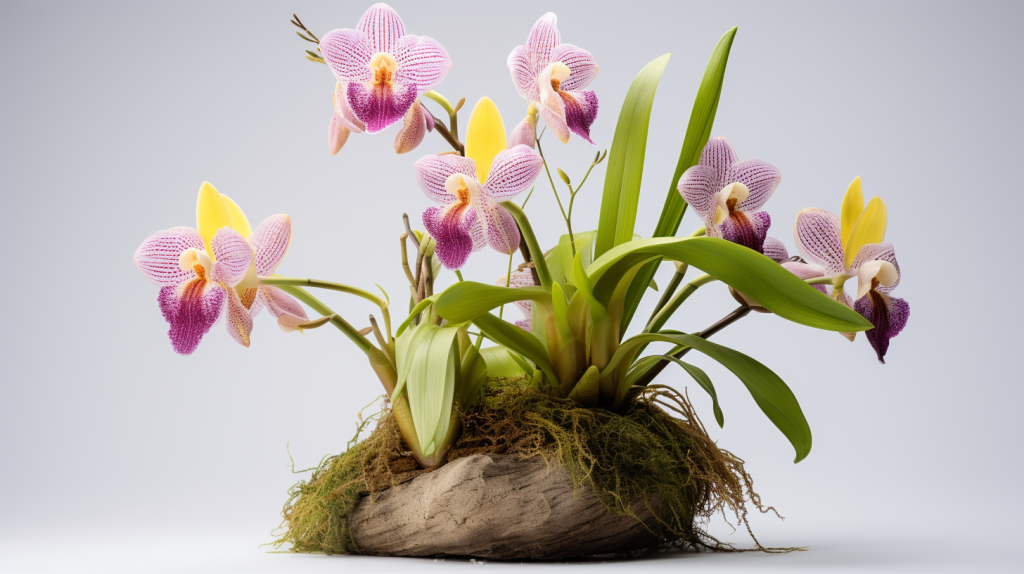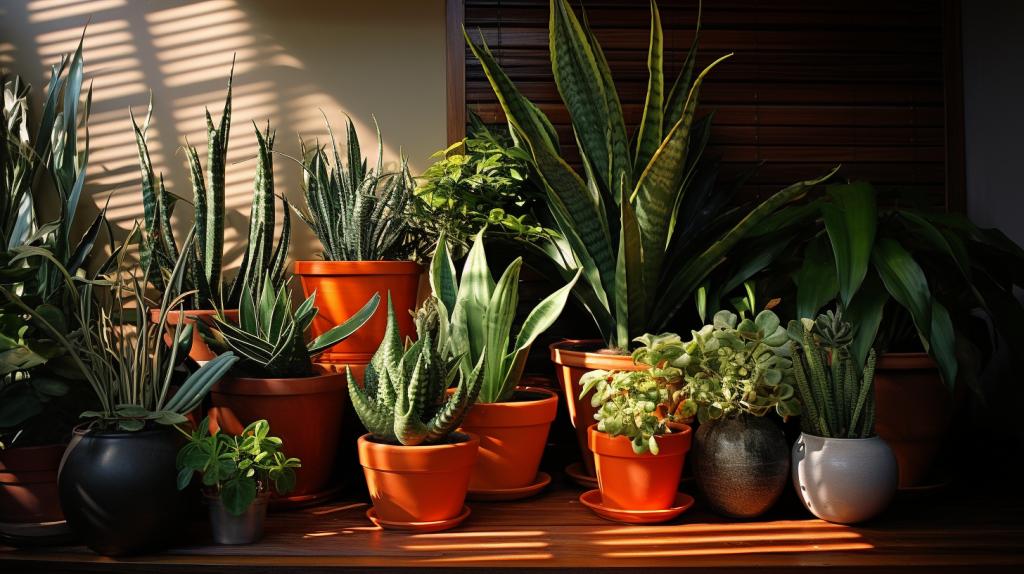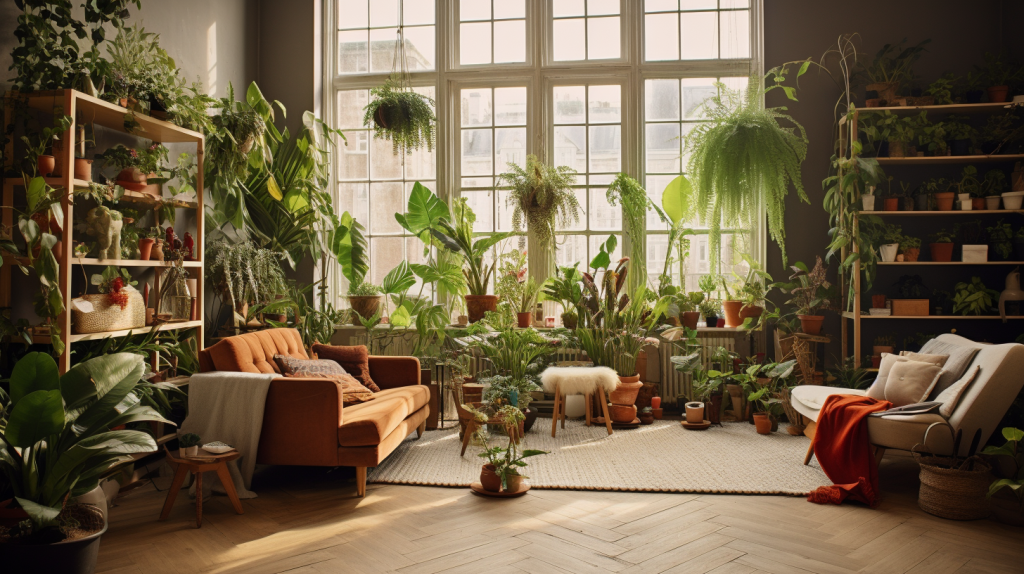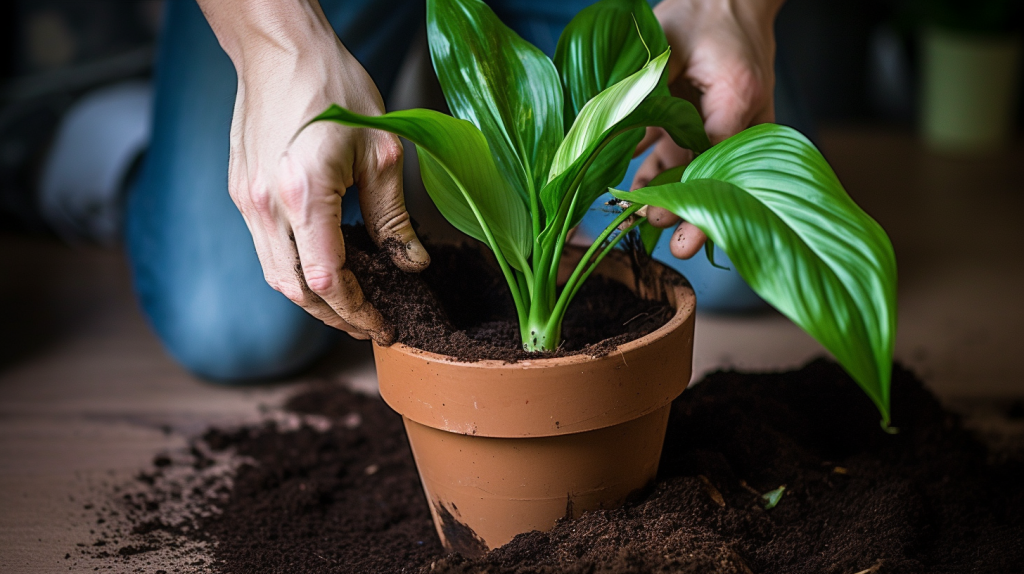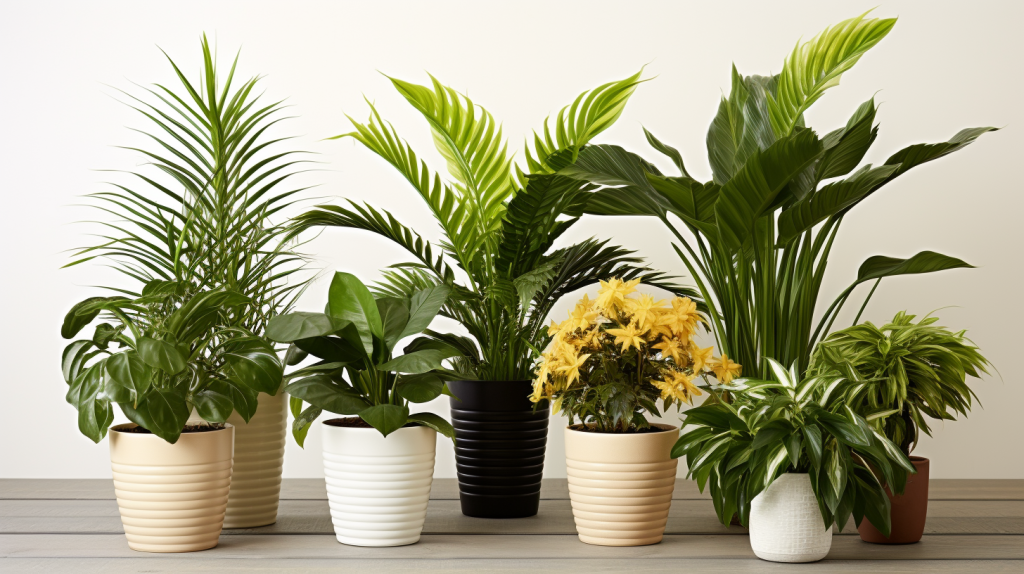Indoor plants, the gems that grace our living spaces, bring a touch of nature indoors. Like humans, these green companions have specific temperature needs. They’re not just looking for water, sunlight, and soil; the right temperature plays a pivotal role in their health. Dive into this detailed guide to ensure you’re giving your indoor plants the warmth they truly need.
Understanding the Basics: Why Temperature Matters
Just as you might snuggle up in a sweater when it’s cold, or turn on the AC when it’s hot, plants react to temperature. In essence, temperature affects plant growth, nutrient absorption, and overall health.
The Golden Range: Ideal Temperatures for Most Indoor Plants
Most indoor plants are tropical and prefer temperatures between 60°F to 75°F during the day. At night, a slight drop of about 10°F is generally favorable.
Feeling the Heat: High-Temperature Warning Signs
Wilting, brown edges, and stunted growth might indicate your plants are too hot. Remember, more sunlight doesn’t always mean more love.
Chills and Thrills: Signs Your Plant is Too Cold
Yellowing leaves, slow growth, and a dull appearance can mean your plant is begging for warmth. Ever thought how a cold shower feels in winter? That’s your plant right now!
Summer Tips: When the Sun is Blazing
During summer, be cautious of direct sunlight and possibly relocate your plant. Think of it as giving them a bit of shade while at the beach.
Winter Care: When the Frost Sets In
Winter isn’t just challenging for us. Ensure your plants are away from drafty windows and perhaps consider a humidifier. You wouldn’t want to sit by an open window in winter, would you?
Specific Plant Temperatures: Not All Plants Are Made Equal
For example, succulents prefer cooler nights, while orchids thrive in consistent temperatures. It’s like how some people love winter sports while others yearn for summer barbecues!
Adjusting Home Temperatures: Small Changes, Big Impact
Simple moves like adjusting blinds, using fans, or moving plants to different rooms can make a world of difference. Just a small shuffle can be the equivalent of finding that comfy spot on the sofa.
Advanced Tips: Using Technology
Thermostats, smart systems, and apps can help monitor and adjust room temperatures. In today’s tech era, why not let automation give your green buddies a hand?
Preparing for Changes: Seasons and Transitions
Always anticipate temperature changes as seasons shift. A little foresight can save a lot of heartache later. Would you wear shorts in winter without checking the weather first?
Potential Problems Relating To Indoor Plants
Caring for indoor plants might seem straightforward, but various issues can arise even in controlled environments. Addressing them promptly can be the difference between a flourishing indoor garden and a wilting one. Let’s explore these potential problems and how to combat them.
Overwatering and Underwatering
Symptoms: Yellowing leaves, brown tips, droopy or soft stems.
Solution: Ensure proper watering routines based on each plant’s needs. Use pots with drainage holes and allow the soil to dry out between waterings for most plants.
Inadequate Light
Symptoms: Leggy plants, pale leaves, or lack of growth.
Solution: Determine each plant’s light needs and place them accordingly. Rotate plants periodically for even light distribution.
Pests and Diseases
Symptoms: Discolored or spotted leaves, sticky residue, or visible bugs.
Solution: Regularly inspect plants. If pests are spotted, isolate the affected plant and treat it with insecticidal soap or neem oil.
Incorrect Temperature and Humidity
Symptoms: Browning leaf edges, droopy appearance, or halted growth.
Solution: As previously discussed, maintain appropriate temperatures. Consider using humidifiers or misting plants if they need more humidity.
Poor Soil Quality
Symptoms: Stunted growth, yellow leaves, or moldy soil surface.
Solution: Use high-quality potting mix suited for the specific plant. Consider repotting if the soil becomes too compacted or lacks nutrients.
Overfertilization
Symptoms: Salt buildup on the soil surface, burned or brown leaf tips.
Solution: Follow fertilization guidelines for each plant. If overfertilization occurs, flush the soil with water to remove excess salts.
Root Rot
Symptoms: Soft, brown, and mushy roots; wilted appearance above the soil.
Solution: Avoid overwatering. If root rot is detected, trim the affected roots and repot the plant in fresh, well-draining soil.
Stagnant Air
Symptoms: Reduced growth rate, increased susceptibility to pests.
Solution: Ensure adequate air circulation. Occasionally open windows or use fans, but avoid drafts.
Outgrowing their Pots
Symptoms: Roots emerging from the drainage holes, soil drying out quickly, slowed growth.
Solution: Repot plants into slightly larger containers when they outgrow their current ones.
Neglect
Symptoms: A combination of multiple issues – wilted leaves, dried soil, pest infestations.
Solution: Regularly check on your plants, water, feed, and prune as necessary. A little attention can prevent many problems.
Conclusion
So, as we wrap up our comprehensive guide on the “Temperature Guide For Indoor Plants,” it’s evident that maintaining the right temperature is a pivotal part of indoor plant care. With a bit of attention and love, you can ensure your green friends stay happy and healthy!
FAQs
- Can indoor plants recover from temperature shocks?
- Absolutely, but it’s essential to first identify and then promptly correct the temperature issue.
- How often should I check the temperature for my plants?
- While daily checks aren’t necessary, it’s good to keep an eye out for signs of distress, especially during season changes.
- Do all indoor plants have the same temperature needs?
- No, every plant is unique. It’s best to research each plant’s specific requirements.
- How can I increase humidity for my plants during cold months?
- Using a humidifier, placing a tray of water near your plants, or misting them can help.
- Are there plants that thrive in cooler indoor temperatures?
- Yes, plants like the snake plant and ZZ plant can handle cooler temperatures.

